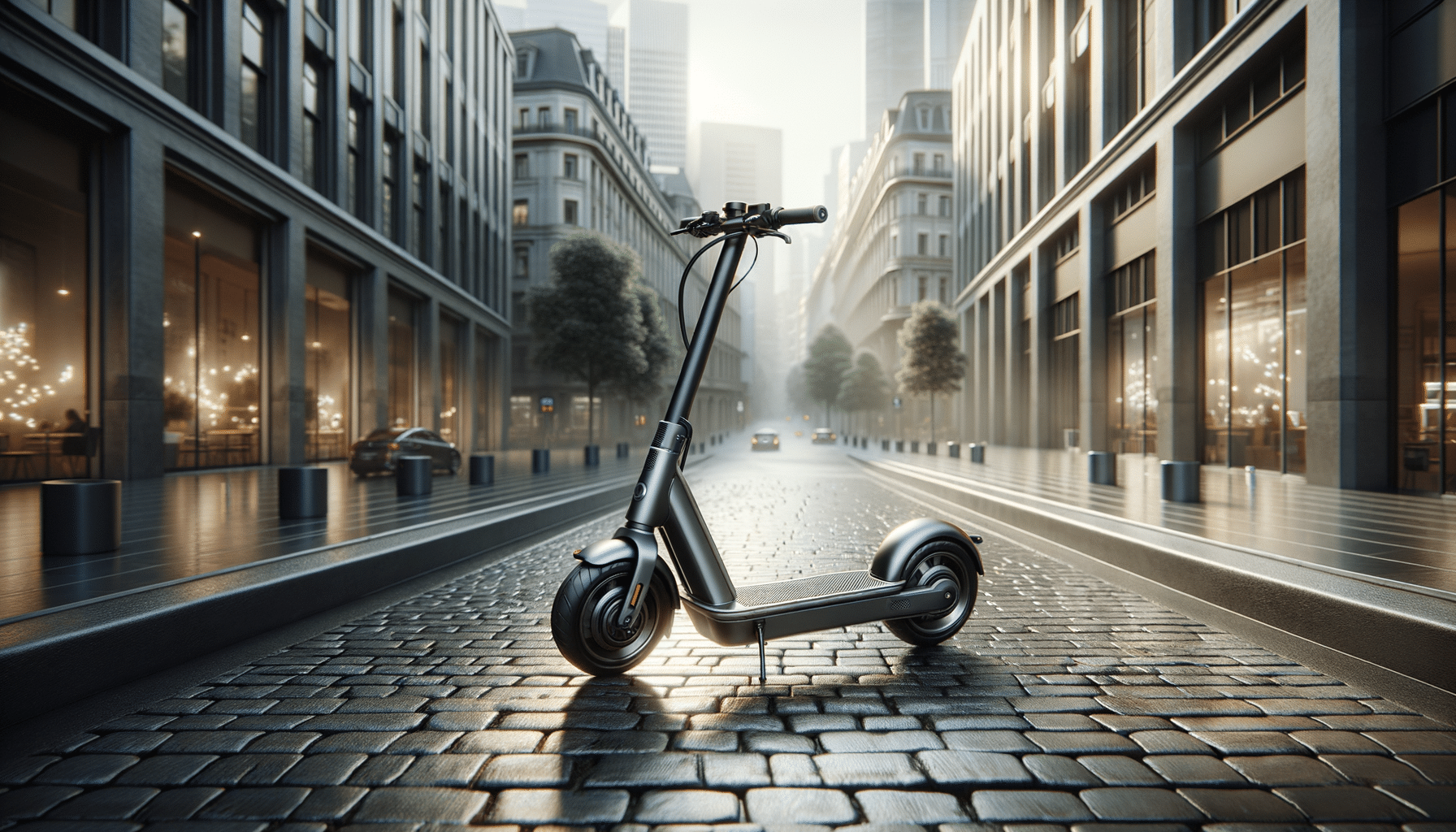
The Rise of Mobile Scooters: A Modern Urban Mobility Solution
Introduction to Mobile Scooters
In recent years, mobile scooters have emerged as a popular solution for urban transportation. As cities around the world grapple with traffic congestion and pollution, these compact vehicles offer a viable alternative for short-distance travel. Mobile scooters, powered by electricity, provide a clean and efficient mode of transport that is gaining traction among commuters and city planners alike. With their ease of use and eco-friendly nature, mobile scooters are becoming an integral part of the modern urban landscape.
The Benefits of Mobile Scooters
Mobile scooters offer numerous advantages that make them a preferred choice for many city dwellers. Firstly, they are incredibly convenient. With mobile scooters, individuals can easily navigate through crowded streets and reach their destinations without the hassle of parking. This convenience is further enhanced by the availability of scooter-sharing services, which allow users to pick up and drop off scooters at various locations. Additionally, mobile scooters are environmentally friendly. They produce zero emissions, contributing to cleaner air and reduced carbon footprints in urban areas. This aspect aligns with the growing global emphasis on sustainability and green transportation solutions.
- Convenient for short-distance travel
- Environmentally friendly with zero emissions
- Cost-effective compared to traditional vehicles
Challenges and Considerations
Despite their benefits, mobile scooters are not without challenges. Safety is a primary concern, as riders often share the road with larger vehicles. This necessitates the implementation of safety regulations and infrastructure improvements, such as dedicated scooter lanes. Furthermore, the widespread use of mobile scooters can lead to cluttered sidewalks and public spaces, prompting cities to establish guidelines for parking and usage. Another consideration is the need for regular maintenance and battery charging, which can impact the operational efficiency of scooter-sharing services. Addressing these challenges is crucial for the sustainable integration of mobile scooters into urban transportation systems.
- Safety concerns in mixed-traffic environments
- Potential for cluttered public spaces
- Maintenance and charging requirements
Technological Advancements in Mobile Scooters
The evolution of mobile scooters is closely tied to advancements in technology. Modern scooters are equipped with features such as GPS tracking, mobile app integration, and smart locking systems, enhancing user experience and operational efficiency. These technological innovations enable scooter-sharing companies to optimize fleet management and improve service reliability. Additionally, improvements in battery technology have extended the range and lifespan of mobile scooters, making them more practical for daily use. As technology continues to advance, mobile scooters are expected to become even more efficient and user-friendly, further solidifying their role in urban mobility.
- Integration of GPS and mobile apps
- Smart locking systems for enhanced security
- Improved battery technology for extended range
The Future of Mobile Scooters in Urban Environments
Looking ahead, the future of mobile scooters in urban environments appears promising. As cities continue to expand and evolve, the demand for efficient and sustainable transportation solutions will grow. Mobile scooters are well-positioned to meet this demand, offering a flexible and environmentally conscious option for city residents. Moreover, as public awareness of environmental issues increases, the adoption of mobile scooters is likely to accelerate. Cities are expected to invest more in infrastructure that supports scooter use, such as dedicated lanes and parking areas. Ultimately, mobile scooters have the potential to transform urban transportation, making cities more livable and sustainable.
- Increasing demand for sustainable transportation
- Potential for infrastructure investment
- Contribution to more livable urban environments


